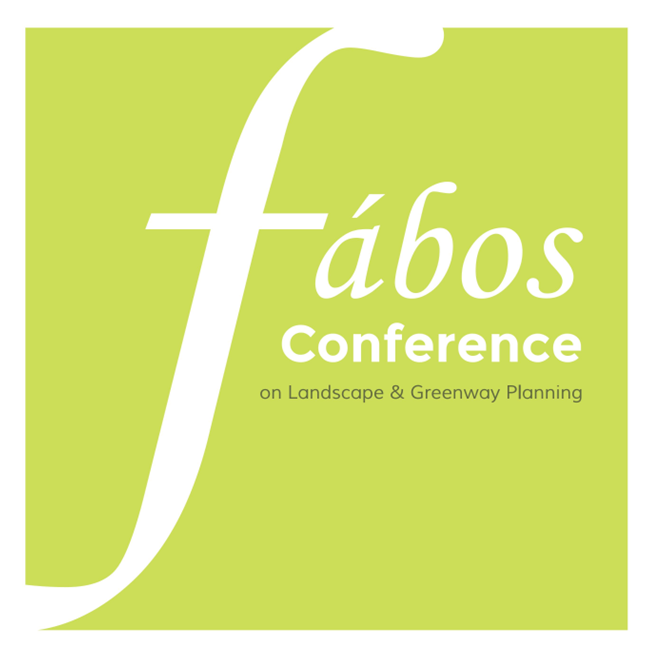Oasis Greenways: A New Model of Urban Park within Street Right-of-Ways in Dorchester, Massachusetts
- Tom Bertulis (Department of Civil and Environmental Engineering, Northeastern University, Boston, MA)
- Peter Furth (Department of Civil and Environmental Engineering, Northeastern University, Boston, MA)
Abstract
Parks and greenways can offer many benefits to urban communities in many areas including recreational, public health, and increased land value. However, there are often few opportunities to carve out a narrow, continuous green space in the built-up parts of our cities. One prospect involves using available land in rail or utility corridors; another involves radical road diets to create space along major roads. This paper examines another approach, using the right-of-way (ROW) of local streets to transform pavement into linear parks that we call Oasis Greenways. An Oasis Greenway has ultra-low motor vehicle speeds and volumes, allowing there to be a single, narrow paved area shared by motor traffic, pedestrians, and bicycles. The resulting reduction in road footprint creates space for vegetation bordering the paved area, turning the street into a path through greenway park. This paper describes the development of an Oasis Greenway concept and its application to the Fairmount Corridor in Dorchester, a neighborhood of Boston identified as a “Greenway Desert” (Furth et al, 2013).
Keywords: greenways, oasis, dorchester, boston, street, parks
How to Cite:
Bertulis, T. & Furth, P., (2013) “Oasis Greenways: A New Model of Urban Park within Street Right-of-Ways in Dorchester, Massachusetts”, Fábos Conference on Landscape and Greenway Planning 4(1). doi: https://doi.org/10.7275/fabos.731
Downloads:
Download PDF
201 Views
56 Downloads
